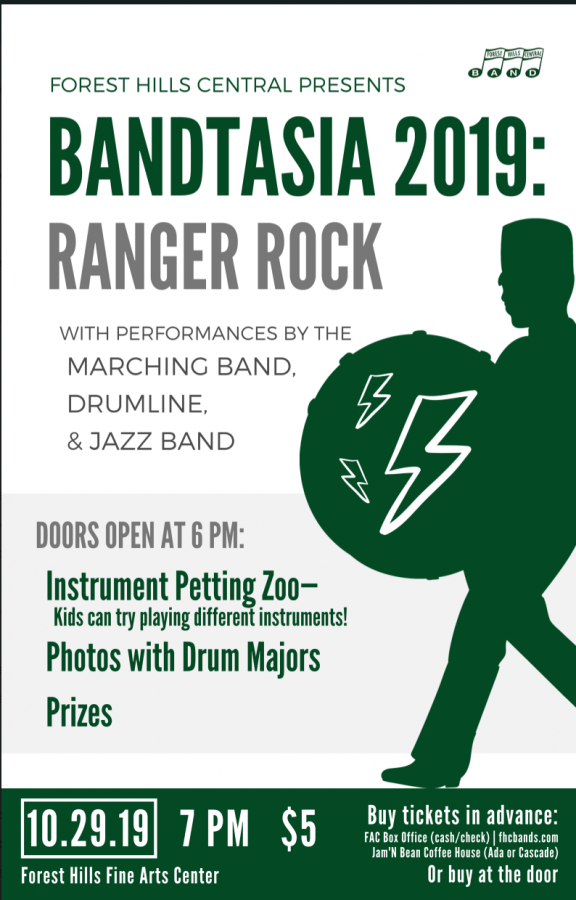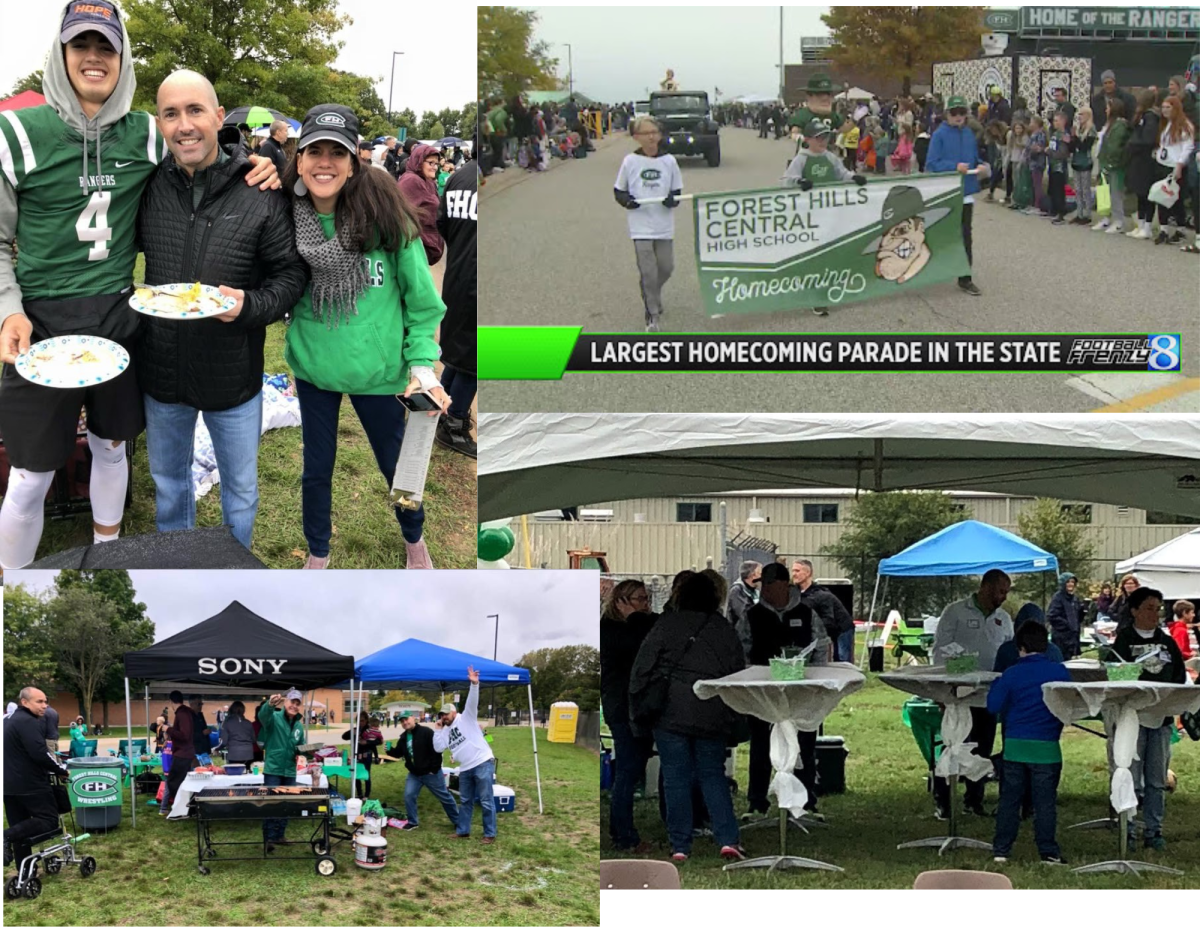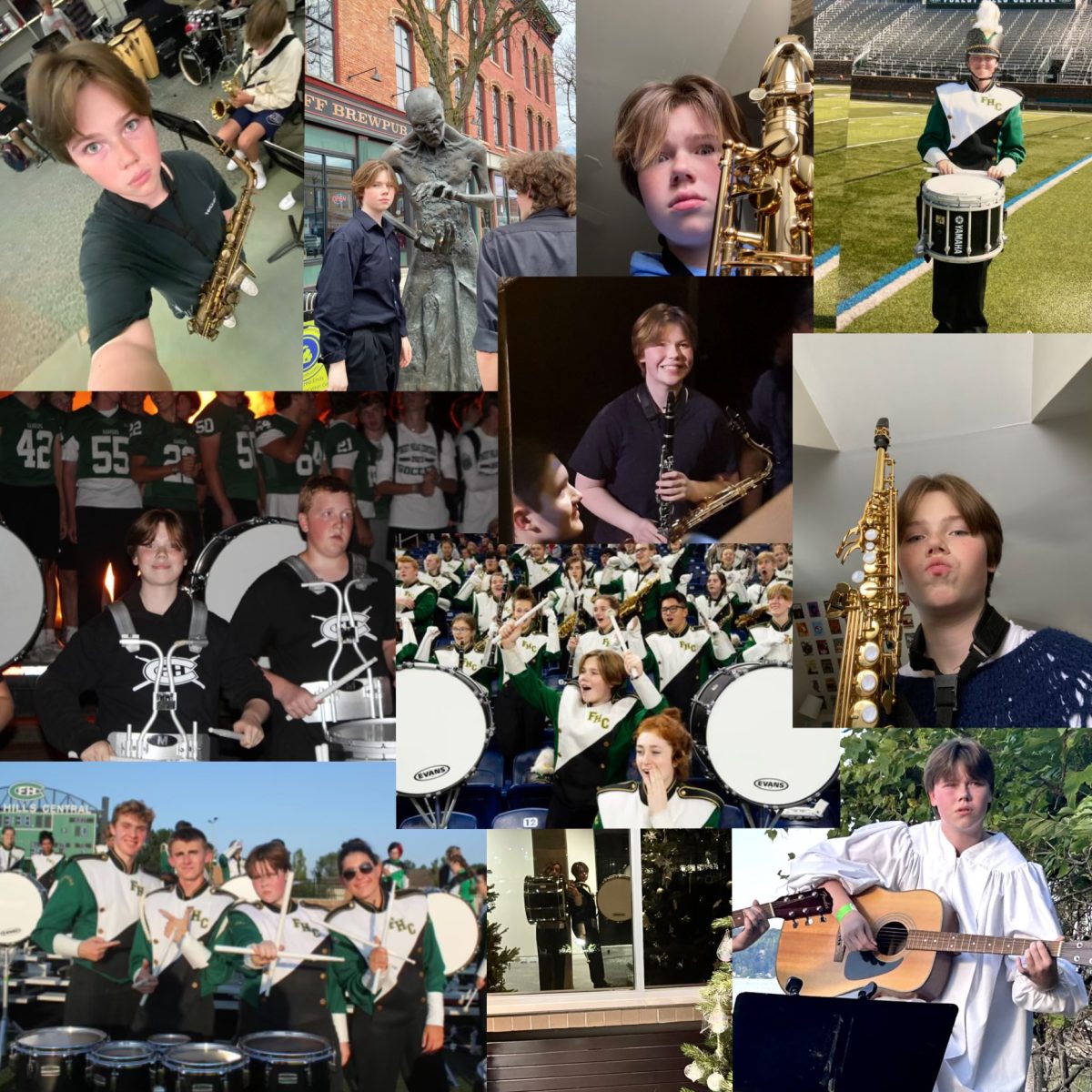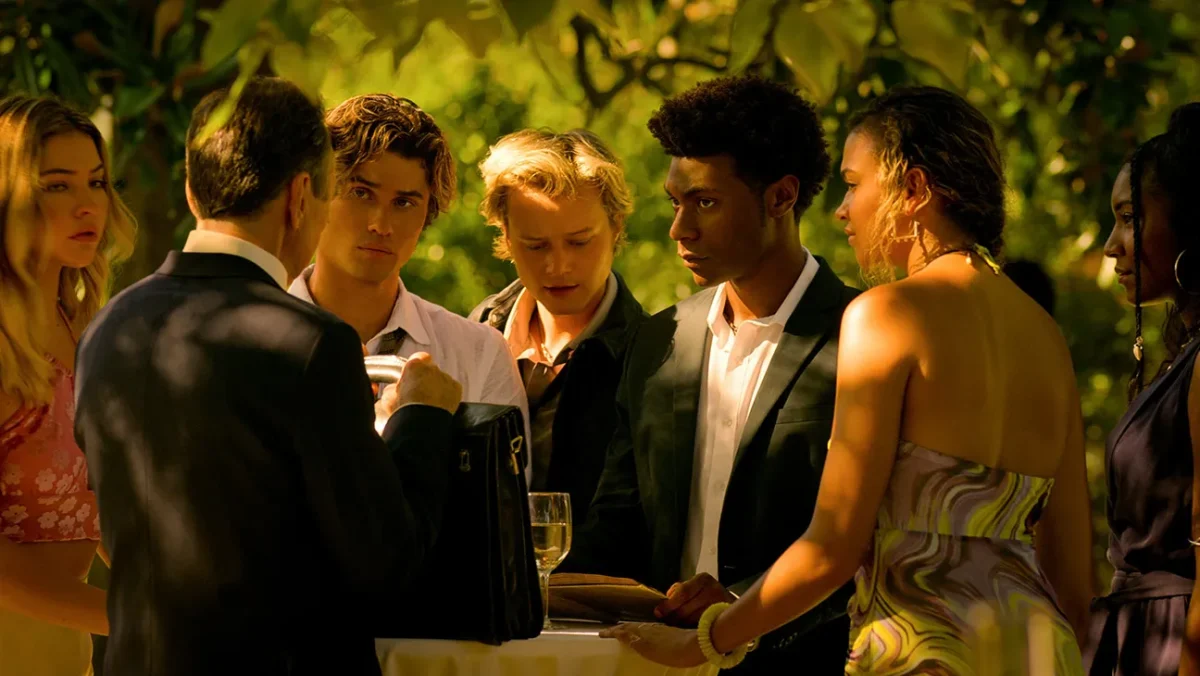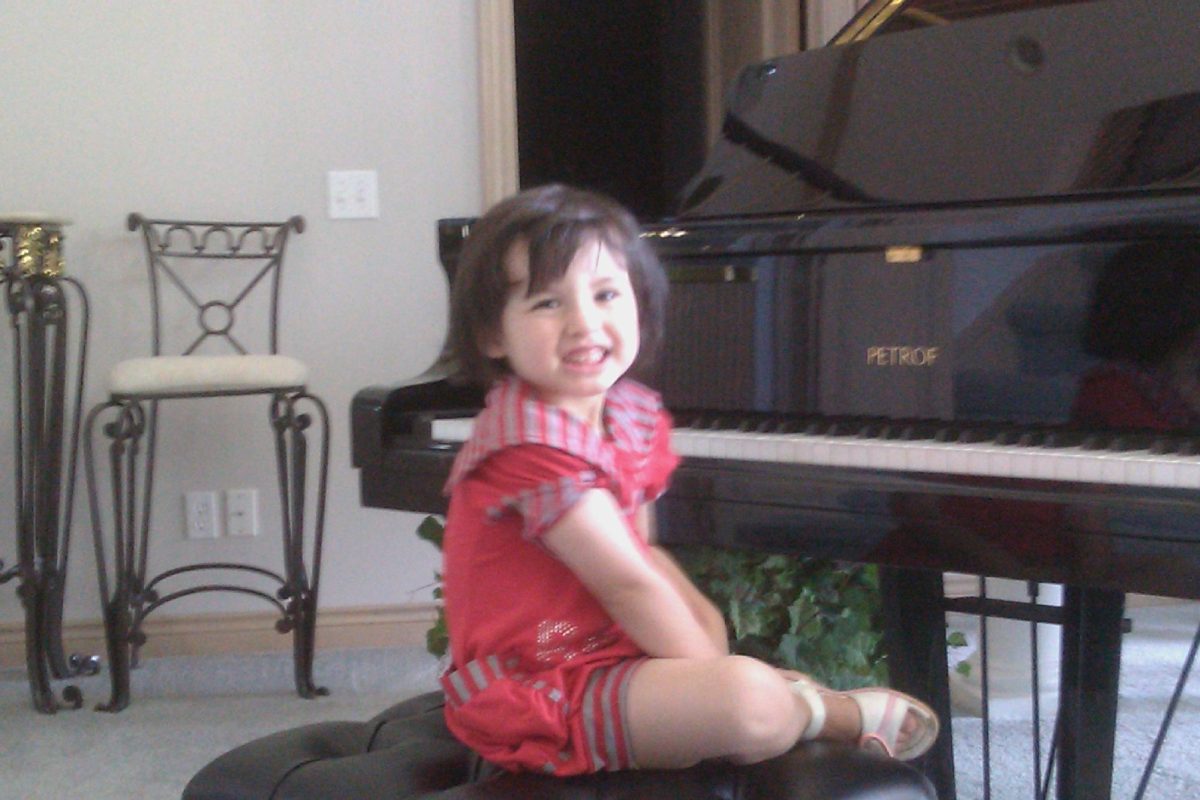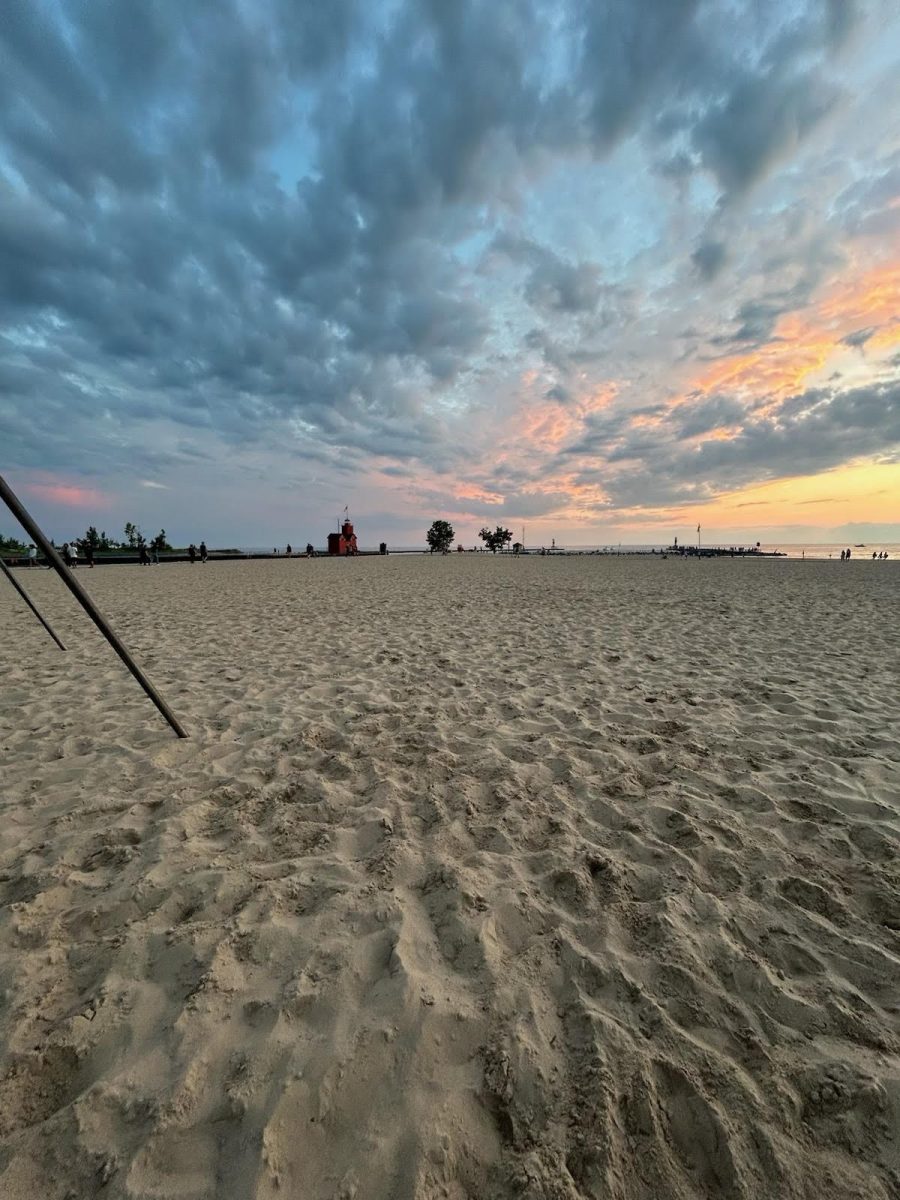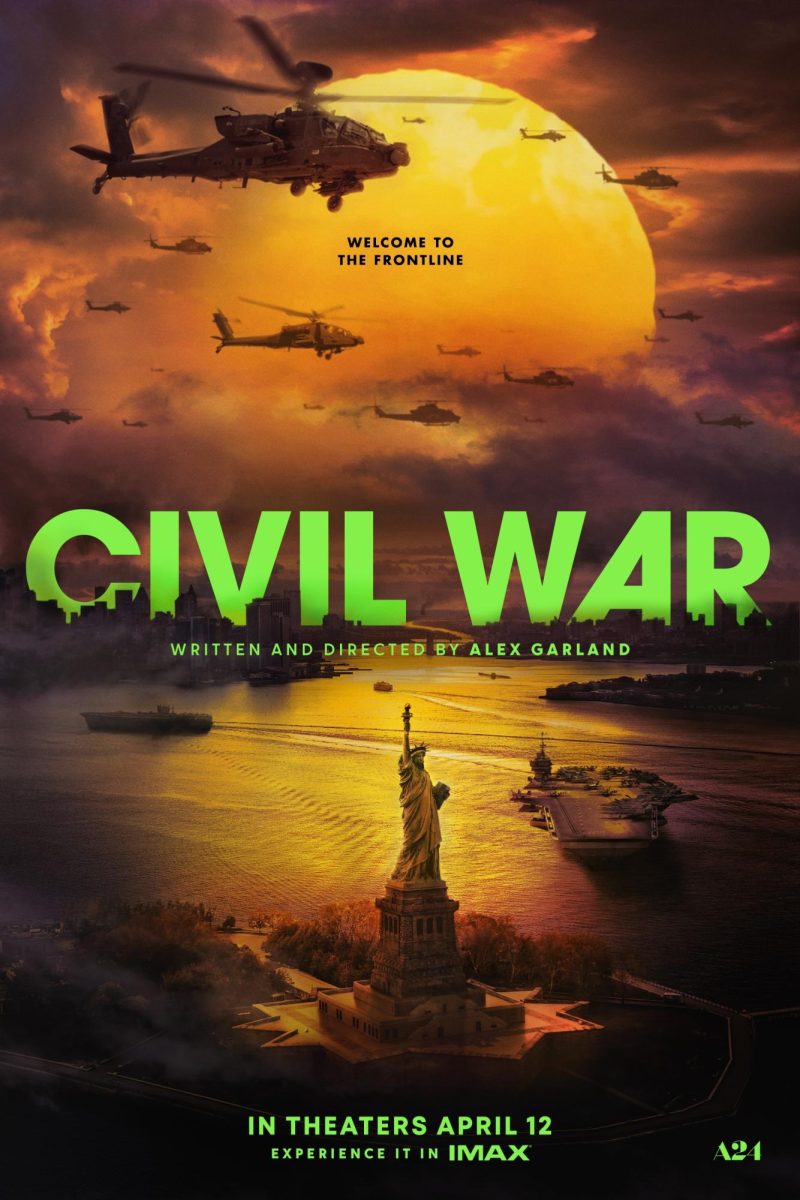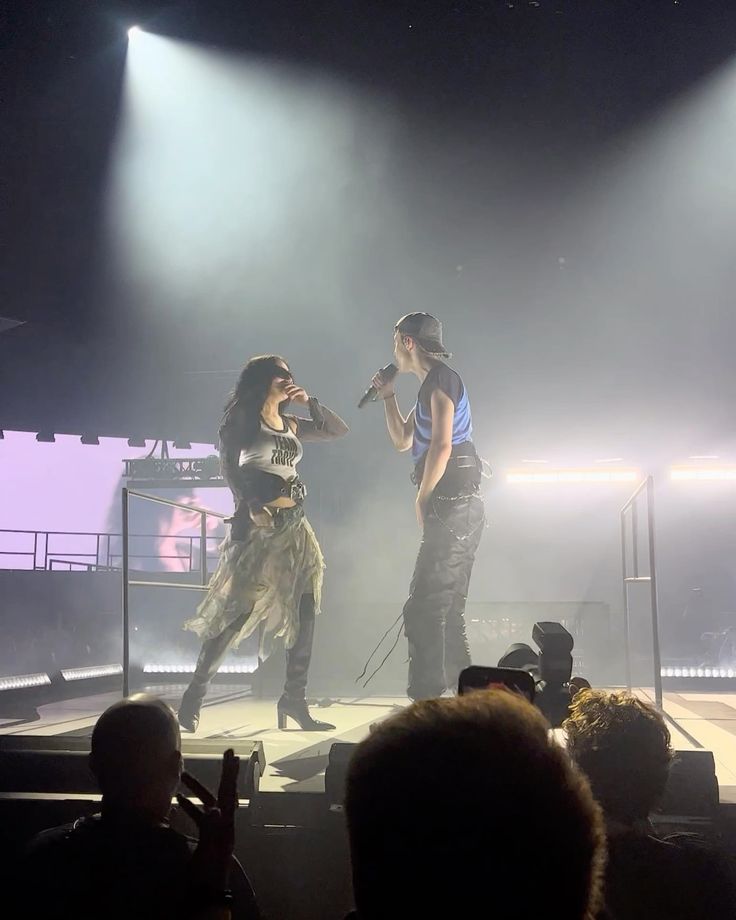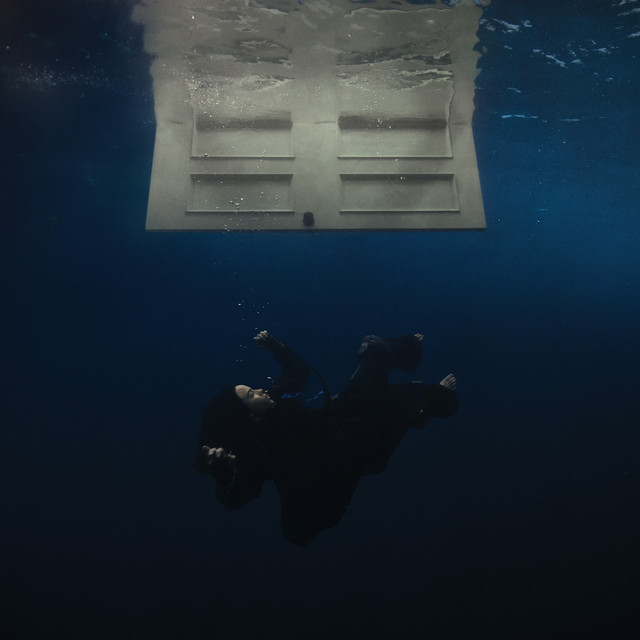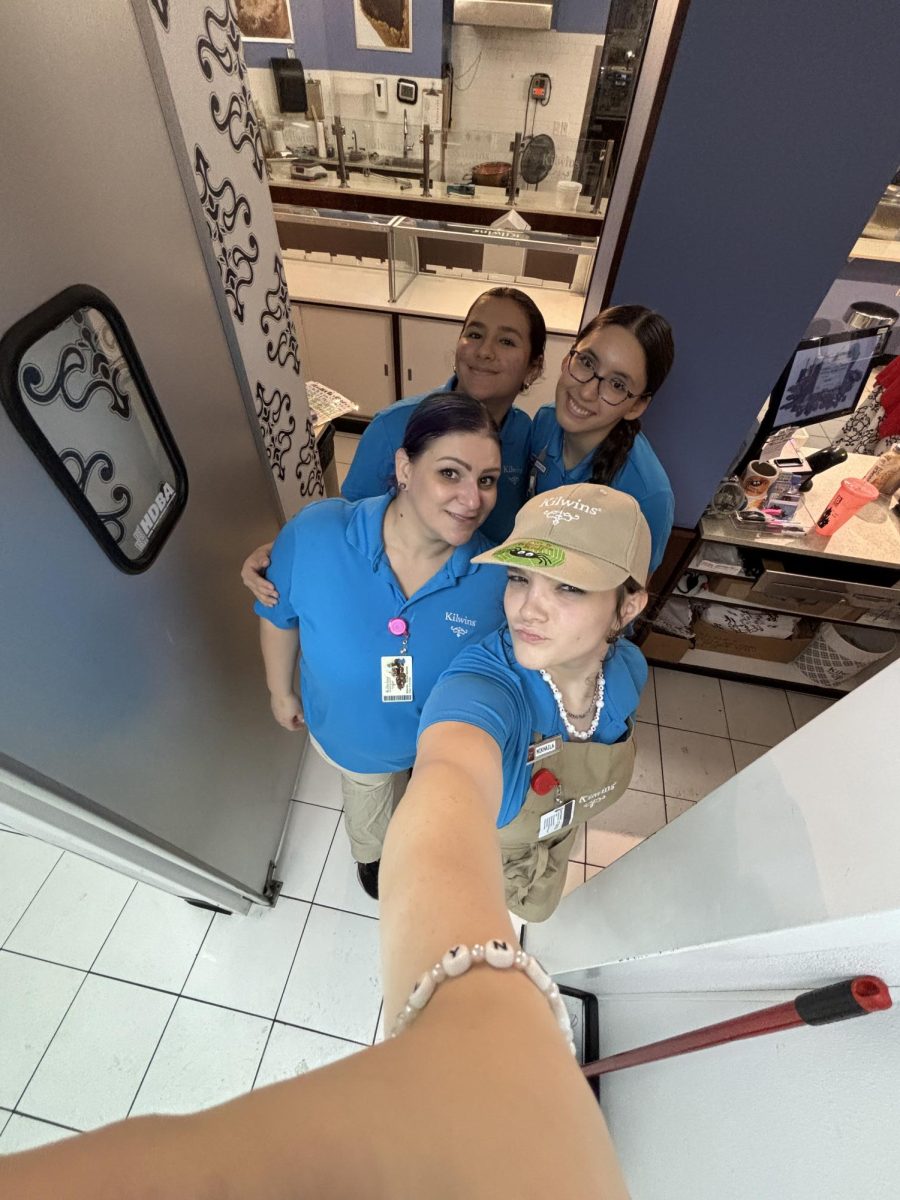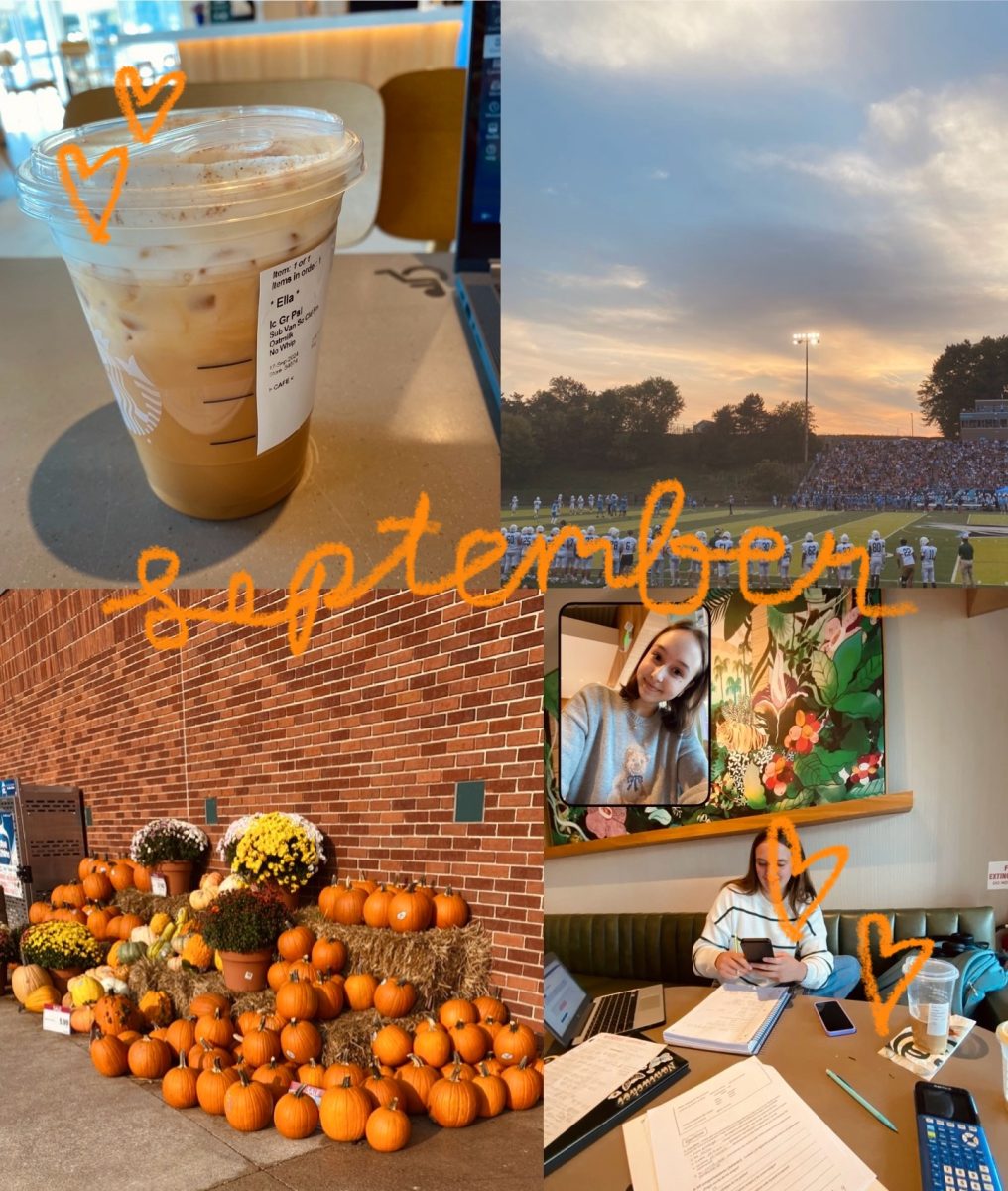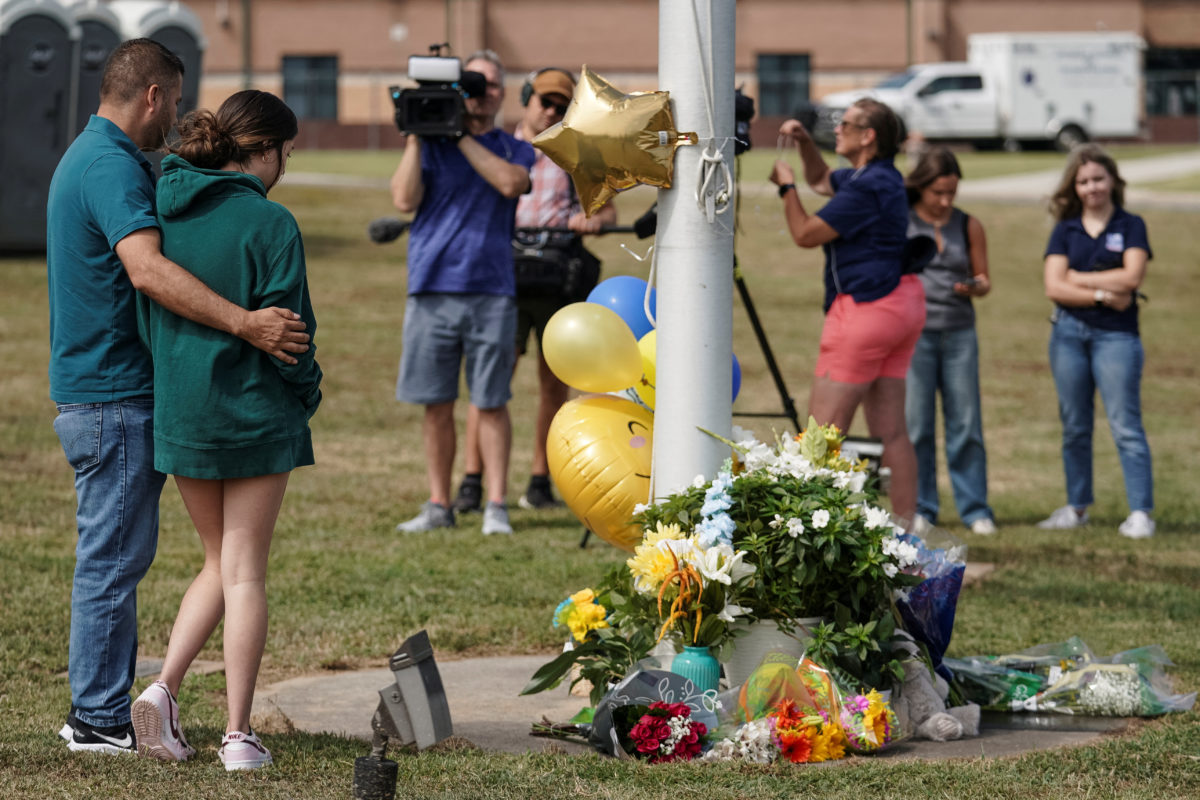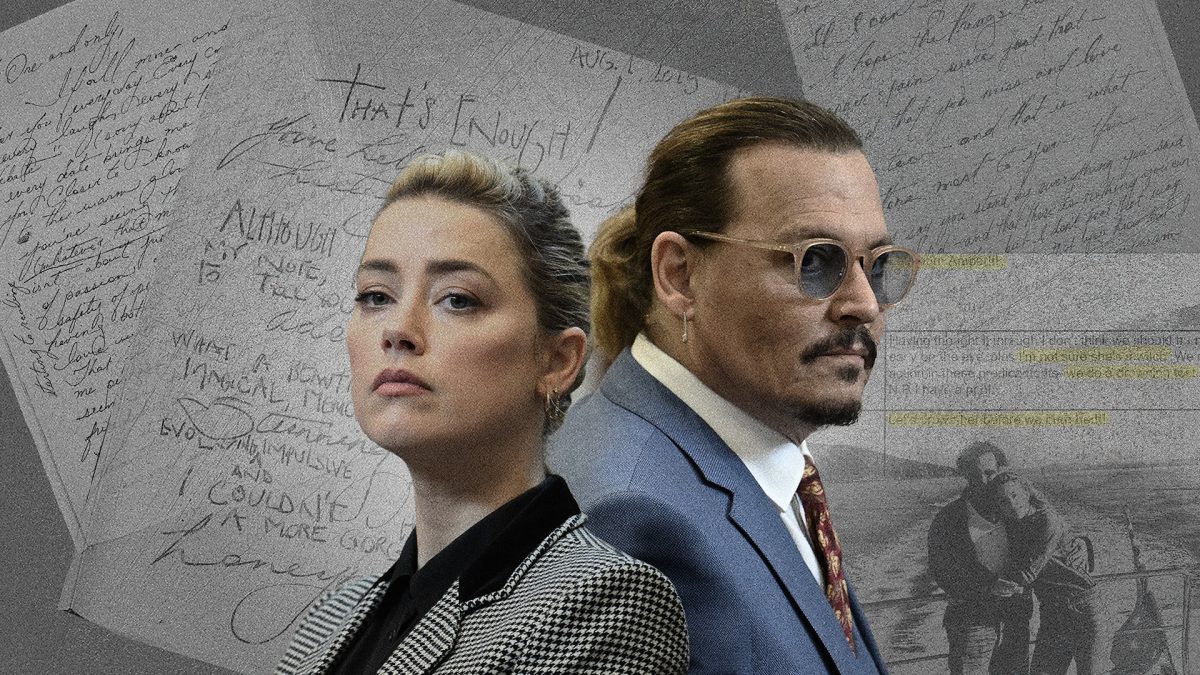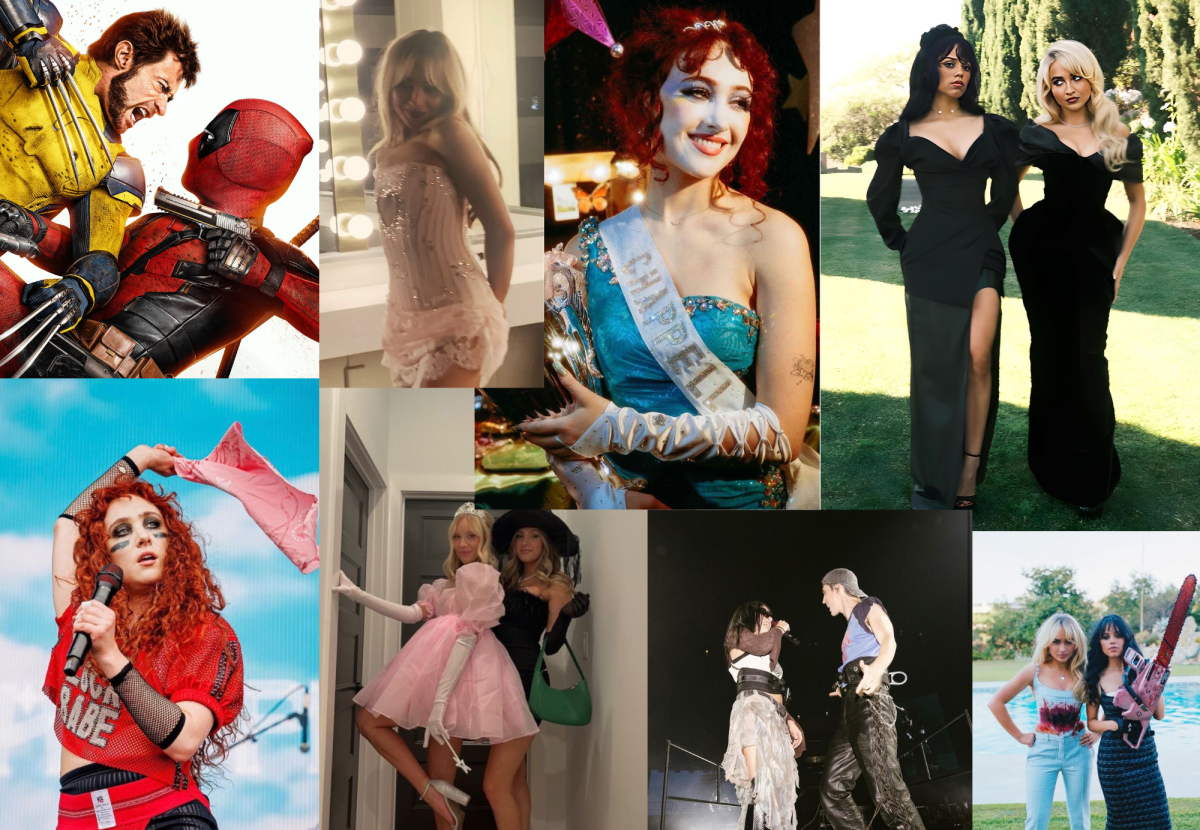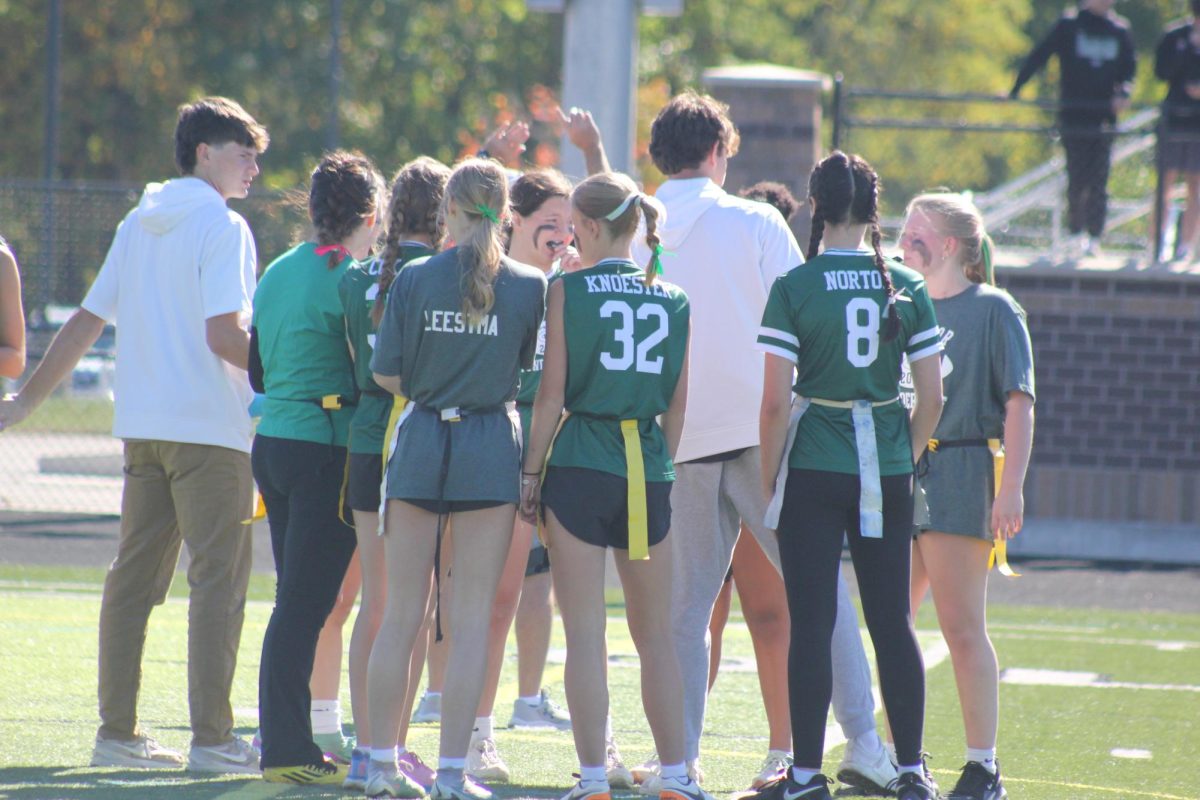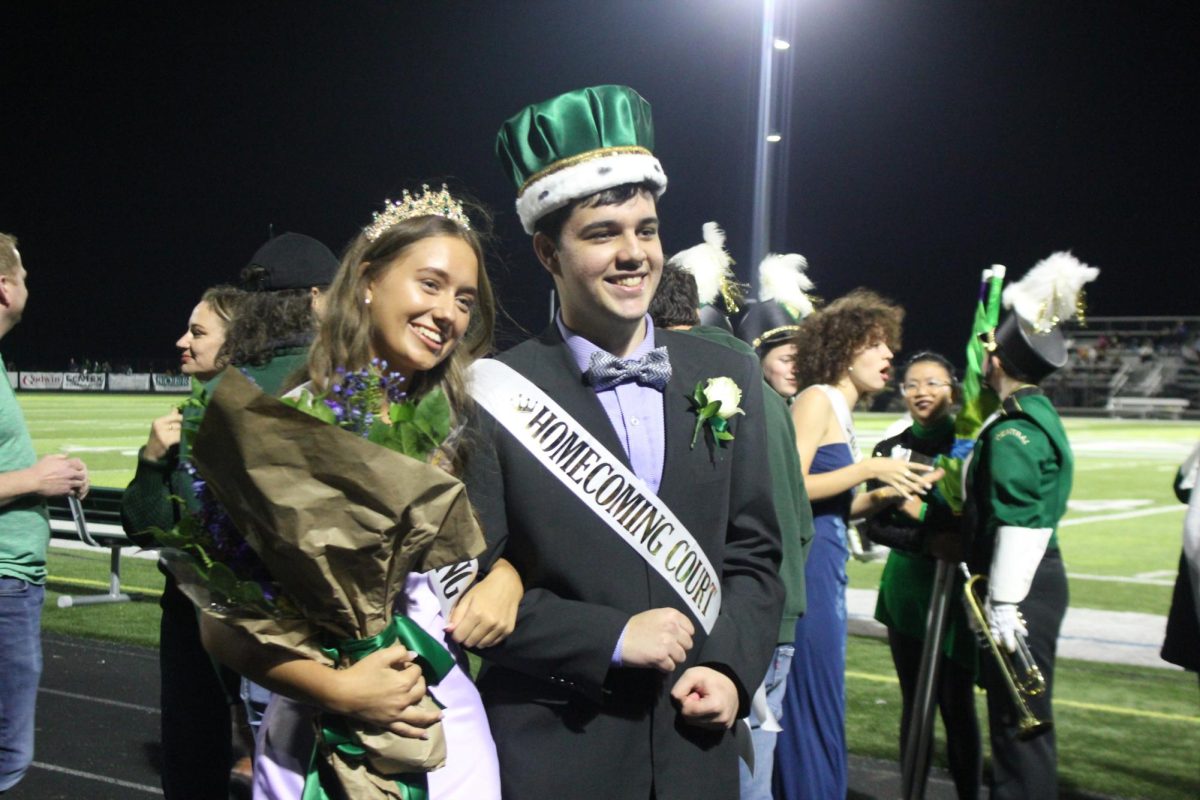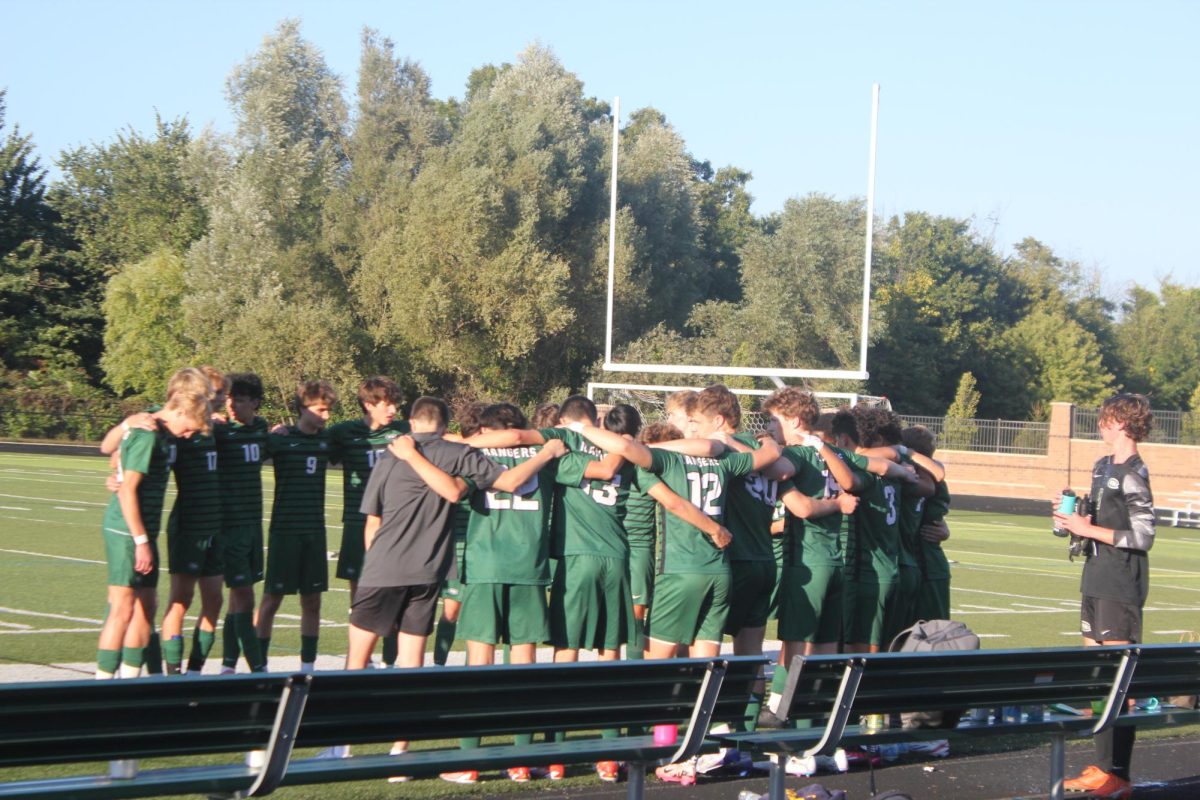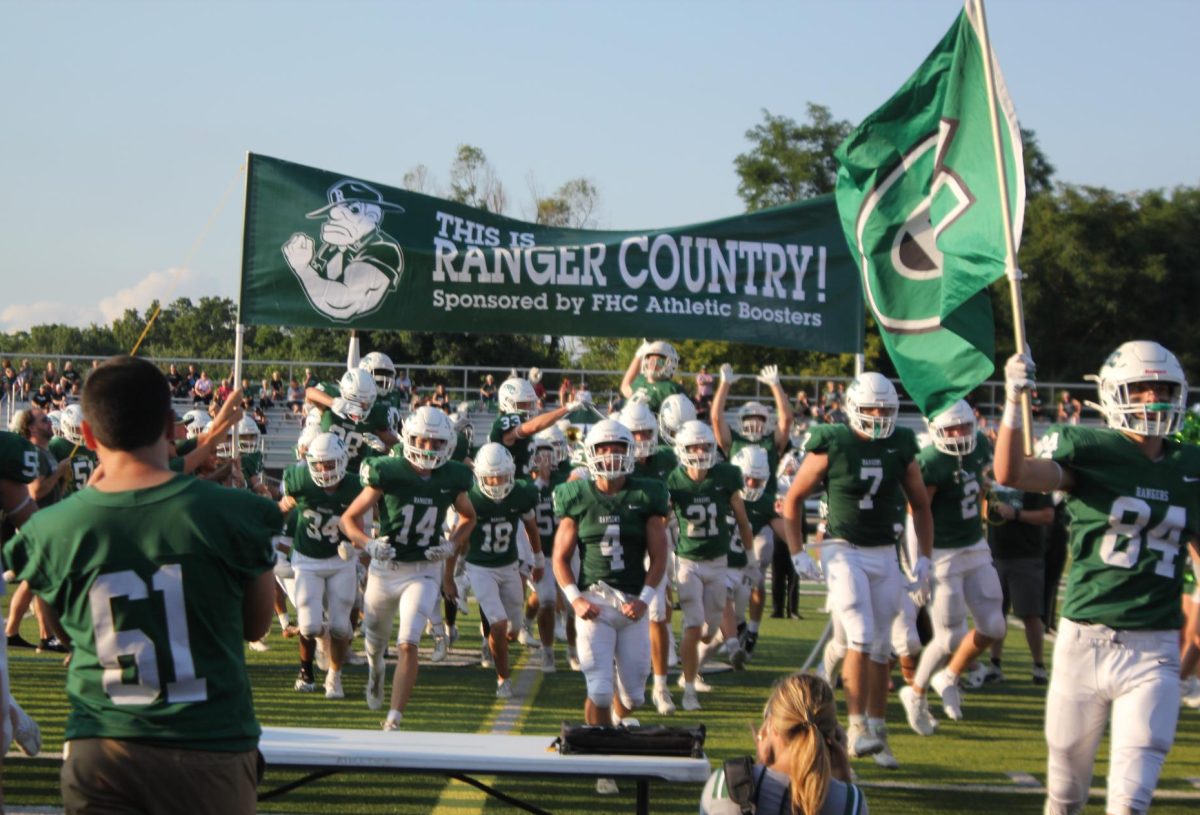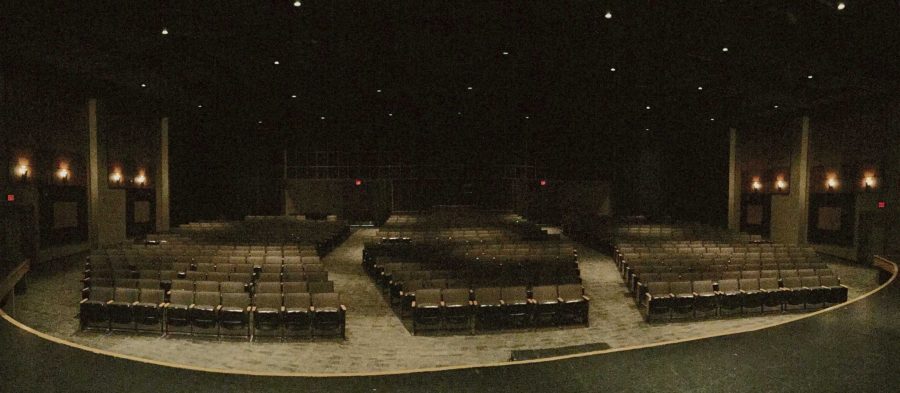Theater in Black and White
It all starts with a shaky step onto the FHC auditorium stage with a script in hand.
This isn’t a new experience. I know the rhythm of the audition process, as I have auditioned freshman and sophomore year. Still, I get nervous, and I know I am not the only one. Many people want to be a part of a FHC production, and the first step to getting closer to that dream is the audition process.
The Audition
Every year, FHC students file into the auditorium for auditions. At auditions, students will have to fill out paperwork stating general facts about them and their previous performing experiences. Then, the students will get a name tag with a number on it. After everyone is registered, the auditionees sit in the auditorium. When everyone is settled, the production team comes out and talks about what to expect, so everyone will be prepared.
The auditionees will then be called up onto the stage by their number. Someone on the production team will give them a script, and then the scene and the character that they will be acting out for the audition. Sometimes, the auditionees are familiar with the script if it is a popular play, but most of the time, the actor will not be familiar with the script. When an actor is given a script and performing it with no prior rehearsal, it is called a cold read. The actors will cold read a scene from the show in front of the production team.
If the team thinks that an actor will fit a role, they will call them back to re-read the script. Many people are paired together to see who looks good together and who has chemistry. After callbacks, actors nervously await to find out if they are cast. The team will post the official cast list outside of Mrs. DeMeester’s room and on the theater website.
The Rehearsal
After the cast has been announced, they will start the long and tedious rehearsal process preparing for the show. Many things happen in rehearsals for the actors. There are character rehearsals, which is where the actors analyze their character. They work to truly understand their character, which is why they react the way they do. There are blocking rehearsals, where the director instructs the actor when to move and where to go when. After blocking is finished, the actors must memorize their lines. Once lines and blocking are memorized, the cast starts to do run throughs. A run through is where the actors perform the show start to finish.
By the time the rehearsals turn into run throughs, it is close to the performance time. The set starts to be built, costumes are fitted, and cues are called. The technical rehearsal process starts, and after that, the doors open for audiences to finally see the show.
The Show
There may be only three performances, but all the months of hard work have certainly paid off. When an actor steps out onto the stage there is nothing like the energy and attention the audience gives back.
While the audience may know that the cast and crew have poured time and effort into this show, there is more that a cast member takes away than just rehearsal time. I could try to explain how the bonds, the pep talks, and the hard work shaped me, but the best I can do is explain the experience in black and white. To experience the theater in color, go out and take that nervous step unto the stage.

Sophie is a Senior and is hyped to get this year started.
Outside of school, you can find her riding horses, acting on stage & screen, and playing...





